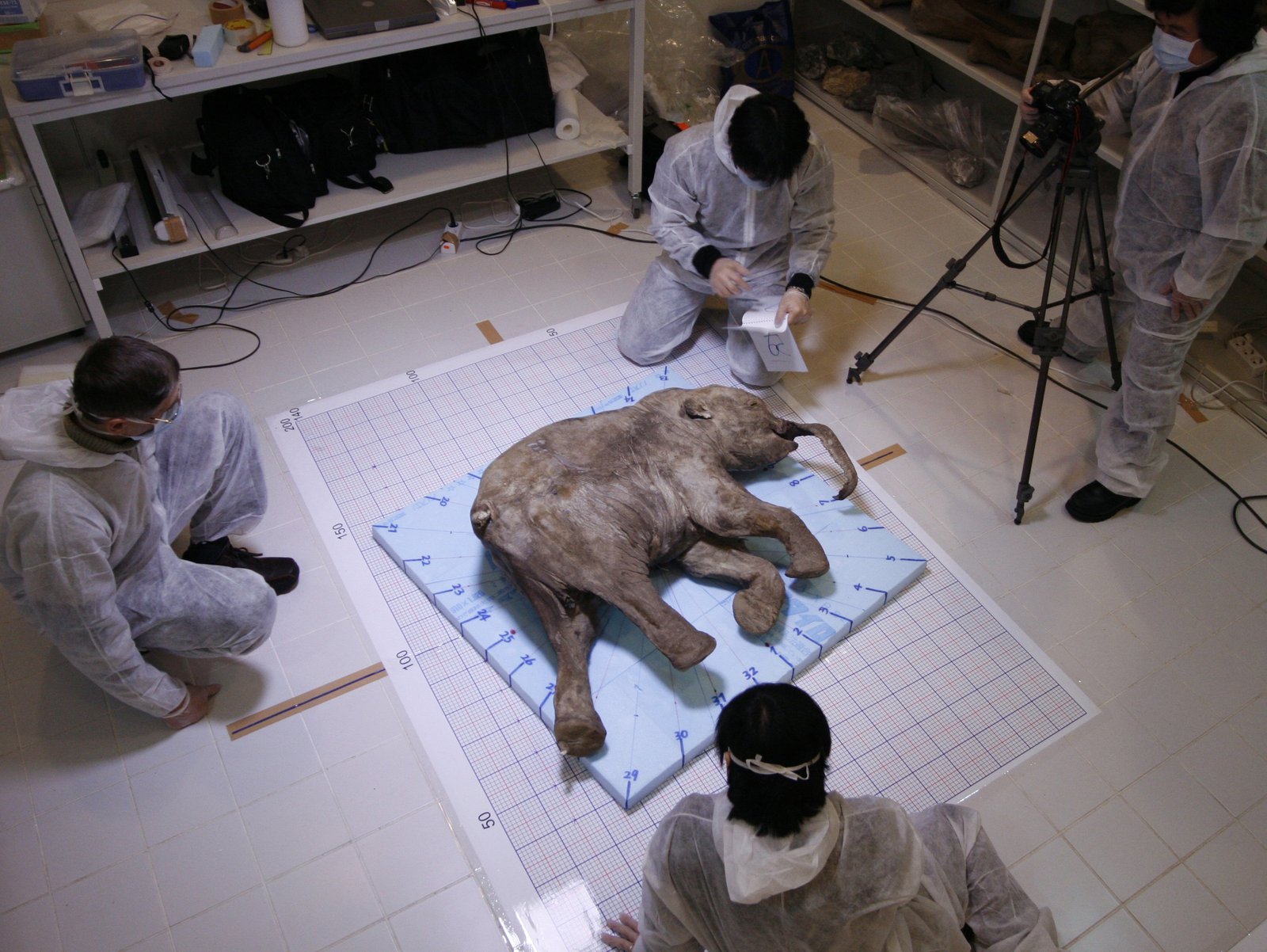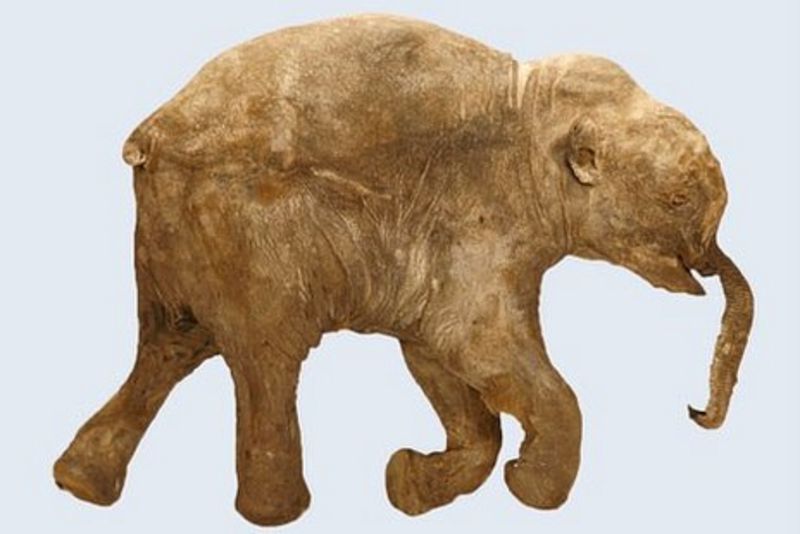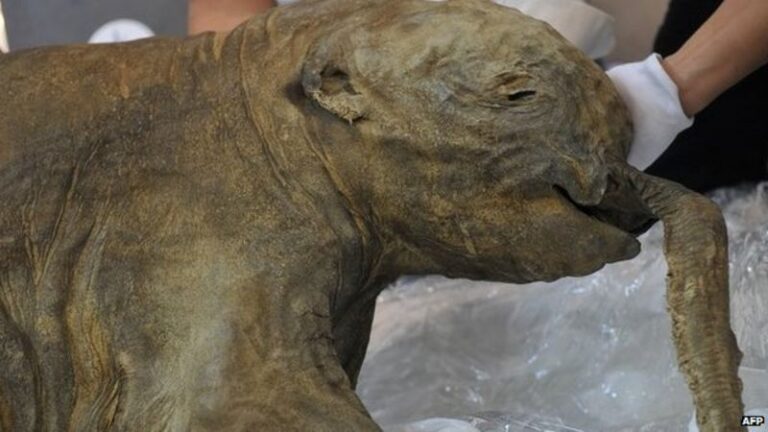Baby Lyuba, the World’s Most Complete and Best-Preserved Woolly Mammoth
In 2007, an astonishing discovery was made in the frozen tundra of Siberia—a perfectly preserved baby woolly mammoth named Lyuba. This remarkable find has captivated scientists and the public alike, offering unprecedented insights into the life and ecology of these magnificent creatures that roamed the Earth thousands of years ago.
Lyuba, whose name means “love” in Russian, was estimated to have been only one month old when she tragically perished nearly 42,000 years ago. Encased in ice, her body was miraculously protected from decomposition, allowing researchers to study her in remarkable detail. Standing at approximately 3 feet tall and weighing around 110 pounds, Lyuba provides a rare glimpse into the early stages of mammoth development.
What makes Lyuba’s preservation so exceptional is the state of her soft tissues, including her skin, muscle, and internal organs. This level of preservation is virtually unheard of in the fossil record, making Lyuba an invaluable resource for scientists seeking to understand the biology and physiology of woolly mammoths.
Through extensive analysis, scientists have been able to unravel various aspects of Lyuba’s life. They discovered that she had not yet weaned from her mother’s milk, suggesting that mammoths, like modern elephants, had a prolonged period of maternal care. Examination of her teeth revealed that she was in the process of growing her first set of molars, shedding light on the timing of tooth development in these ancient creatures.
Lyuba’s preserved organs have also provided significant insights into the woolly mammoth’s biology. Scans of her trunk revealed the presence of a well-developed nasal passage, indicating a highly sophisticated sense of smell. Additionally, her stomach contents offered clues about the diet of young mammoths, which primarily consisted of their mother’s milk and eventually transitioning to a plant-based diet.
The discovery of Baby Lyuba has not only deepened our understanding of woolly mammoths but has also sparked hopes of one day resurrecting these magnificent beasts. Advances in genetic research have opened up the possibility of cloning woolly mammoths using preserved DNA. While the idea of a living woolly mammoth may still be in the realm of science fiction, Lyuba’s preservation has brought us one step closer to unraveling the mysteries of these ancient giants.
Today, Lyuba remains a star attraction in museums worldwide, captivating visitors with her remarkable story and remarkable state of preservation. She serves as a testament to the incredible creatures that once roamed the Earth and the remarkable capabilities of science in unlocking their secrets.
In conclusion, Baby Lyuba, the world’s most complete and best-preserved woolly mammoth, has provided scientists with an unprecedented opportunity to study these ancient creatures. Her remarkable preservation has offered invaluable insights into their biology, development, and way of life. As we continue to uncover more about the woolly mammoth, Lyuba stands as a symbol of our fascination with Earth’s past and our quest to understand the wonders of the natural world.
Hits: 1









